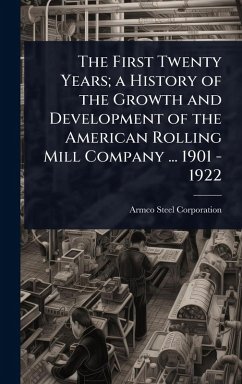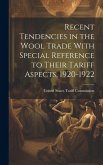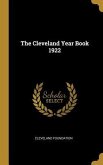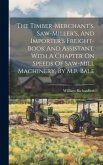"The First Twenty Years" chronicles the formative years of the American Rolling Mill Company (Armco) from 1901 to 1922. This detailed account explores the company's initial growth and development within the burgeoning American steel industry. From its innovative manufacturing processes to its evolving corporate structure, the book provides valuable insights into the strategies and challenges faced by Armco during its early years. Readers interested in business history, the steel industry, or the evolution of American manufacturing will find this volume to be an informative resource. The book offers a unique perspective on the factors that contributed to Armco's success and its enduring impact on the industrial landscape. This work has been selected by scholars as being culturally important, and is part of the knowledge base of civilization as we know it. This work was reproduced from the original artifact, and remains as true to the original work as possible. Therefore, you will see the original copyright references, library stamps (as most of these works have been housed in our most important libraries around the world), and other notations in the work. This work is in the public domain in the United States of America, and possibly other nations. Within the United States, you may freely copy and distribute this work, as no entity (individual or corporate) has a copyright on the body of the work. As a reproduction of a historical artifact, this work may contain missing or blurred pages, poor pictures, errant marks, etc. Scholars believe, and we concur, that this work is important enough to be preserved, reproduced, and made generally available to the public. We appreciate your support of the preservation process, and thank you for being an important part of keeping this knowledge alive and relevant.
Bitte wählen Sie Ihr Anliegen aus.
Rechnungen
Retourenschein anfordern
Bestellstatus
Storno



![The National Bank of North America in New York: [semi-centennial], 26th February, 1901 The National Bank of North America in New York: [semi-centennial], 26th February, 1901](https://bilder.buecher.de/produkte/68/68678/68678056m.jpg)




